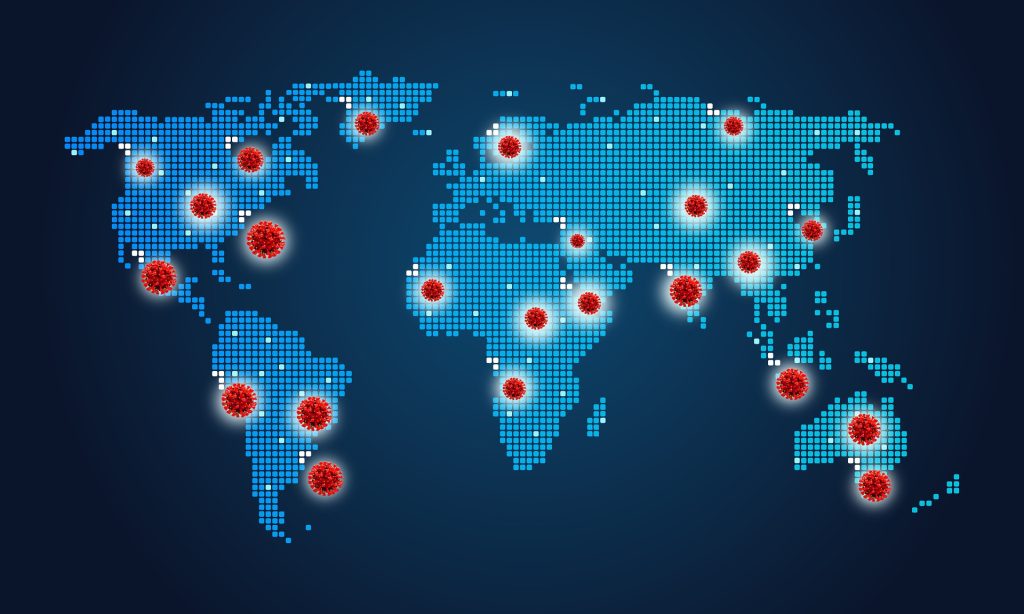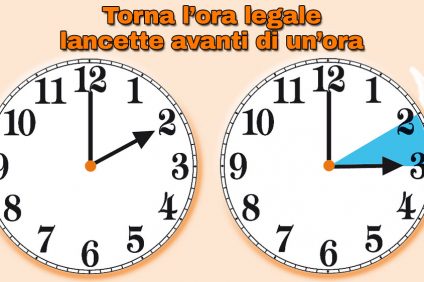The Omicron variant "It is the most explosive virus and the one with the fastest spread in history ". “This is an incredibly fast spread". "It is spreading at a rate we have never seen with other variants". Speaking are respectively Roby Bhattacharyya, infectious disease specialist at the General Hospital in Massachusetts, Anton Erkoreka, physician and medical historian, Tedros Adhanom Ghebreyesus, director general of the World Health Organization. All, along with many others, agree in emphasizing theextreme contagiousness of the Omicron variant which is spreading at an incredible speed. Identified just two months ago in South Africa, Omicron is already the most widespread variant in much of the world. What was defined as an oncoming storm just before Christmas is confirming and surpassing all forecasts. Three times more contagious than Delta according to the United States Centers for Disease Control (CDC).
In 12 days, a case of Omicron produces 216
To give an idea of the rapidity of spread of this perfect storm, experts compared the Omicron variant to one of the most transmissible viruses among those known, the measles. "A case of measles - explained Bhattacharyya quoted by El Pais - produces another 15 in 12 days. One case of Omicron produces 6 in four days; in eight days he produced 36, 216 in 12 days".

The numbers speak for themselves also by looking at the data provided by the Istituto Superiore di Sanità on infections among health workers. "We have gone from 13.720 healthcare workers infected every 30 days on January 4th, to the disproportionate number of 20.179 after only 3 days, on January 7th 2022”Explains Antonio De Palma, president of the Nursing Up nurses' union.
Short incubation, aerosol diffusion, mutations are among the causes that explain the diffusion rate of this variant
Why is Omicron so contagious? First of all what makes the difference is the incubation time, three days against Delta's 4/6 days. Thus, the time frame to discover the virus is so short that the infection inevitably spreads more. Furthermore, as the director of the Mario Negri institute, Giuseppe Remuzzi, explained on the program Half an hour more on Rai3, "There is evidence that it spreads by aerosol, as well as in other ways, which is why it is extremely contagious". According to the experts this being so contagious would also be linked to the mutations of the variant. Mutations that could partially evade immune responses. By attacking more, the WHO says it, the upper respiratory tract (nose, throat) rather than the lungs. And with symptoms that easily overlap with those of a seasonal flu. However, much remains to be known about the Omicron variant.
Epidemic, pandemic, endemic: the path of a contagious disease
So far the alarming data of the contagion of a virus that seems to have no end and with which man will probably be destined to live. It is interesting to analyze the three levels of contagious diseases, which translate into three key words, epidemic, pandemic, endemic. THE'epidemic it is the first step of a disease (viral, bacterial ...) that it spreads rapidly and affects a large number of people in a more or less large territory. Often with serious consequences because the immune system of those exposed to the infection is not prepared to face the disease. The next step is that of pandemic. That is, when the contagion begins to spread more and more on the territory, going beyond the borders of the area where the epidemic originally broke out, rapidly invading very large areas and continents.

As the Treccani medical dictionary explains well, the pandemic "can be said to be achieved only in the presence of ... three conditions: a highly virulent organism, lack of specific immunization in humans and the possibility of human-to-human transmission". Just what happened with Covid 19.
Will Omicron lead us towards endemic?
The last word to be analyzed is that ofendemic. When is a disease said to become endemic? Thus the National Institute of Health: "A disease is considered endemic when the responsible agent is permanently present and circulates in the population, manifesting itself with a more or less high number of cases but evenly distributed over time". Practically, a form of coexistence with the virus. Is this the situation we are arriving at? Recently the Undersecretary Pierpaolo Sileri, "The pandemic will soon turn into an endemic”, So to the microphones of Radio Cusano Campus. It would be the Omicron variant to lead in this direction because it is very contagious but at the same time, it seems, less lethal. The endemic would make the situation no longer emergency, imposing the need for different approaches to stem the virus. In practice, experts explain, the virus should continue to circulate but would be more manageable. As is the case with many other pathologies.





